 Saturday, March 2, 2013 |
Saturday, March 2, 2013 |  Hugh Locke
Hugh Locke Charcoal Making 101
 Philippe is typical of farmers throughout Haiti who supplement their income by producing charcoal.
Philippe is typical of farmers throughout Haiti who supplement their income by producing charcoal.
The pile of wood in front of him will sell for around US$10 as charcoal when he is finished.
We all know that Haiti runs on charcoal. I ran across a farmer last week in Haiti who agreed to show me how it is made. He introduced himself as Philippe. In front of him in the photo above is a pile of wood he had gathered, and next to it is a pile of green leaves. His technique was to put the leaves on top of the wood and then add a thin layer of earth on top of that. Philippe then made a small hole at the base of this construction and lit the fire, explaining that it would continue to burn for two to three days. The combination of leaves and earth makes the enclosure into a kind of kiln so that the wood, because of the high heat and minimum oxygen, turns to charcoal rather than to ash. Philippe told me he expects to get around US$10 when he sells the resulting charcoal in the local market.
This is a scenario that is repeated every day throughout Haiti. Six million people live in the rural areas of the country and rely on agriculture for their livelihoods, but their farming techniques have changed little in the last hundred years and their income level translates to less than US$2 a day. Is it any wonder farmers turn to making charcoal to make ends meet?
The Smallholder Farmers Alliance is working to improve the livelihood of thousands of small-scale farmers in Haiti so that they do not need to turn to charcoal to supplement their income. This is only part of the solution, and our work needs to be complemented by finding new fuel sources for the country... but at least we are doing something.


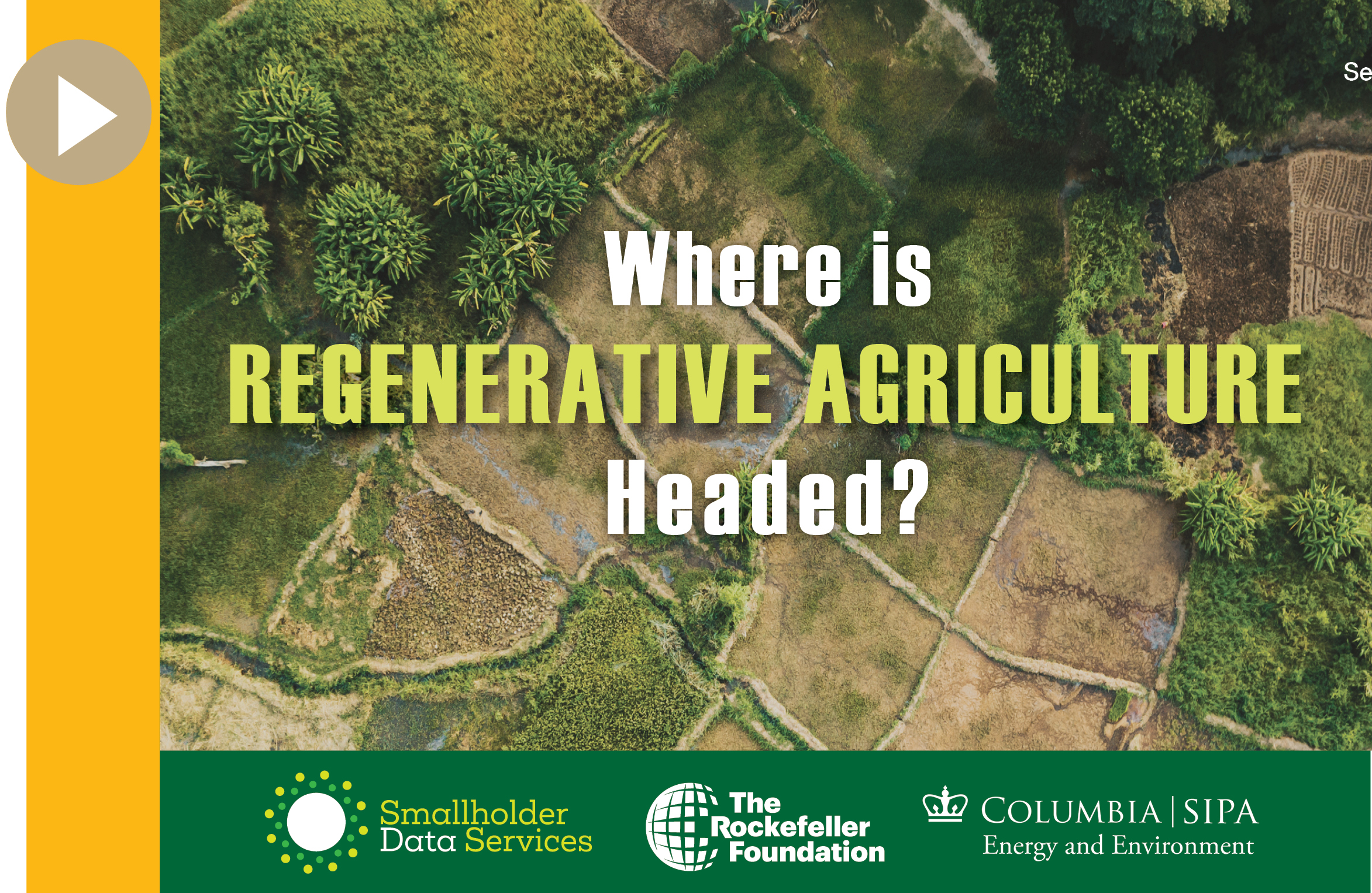

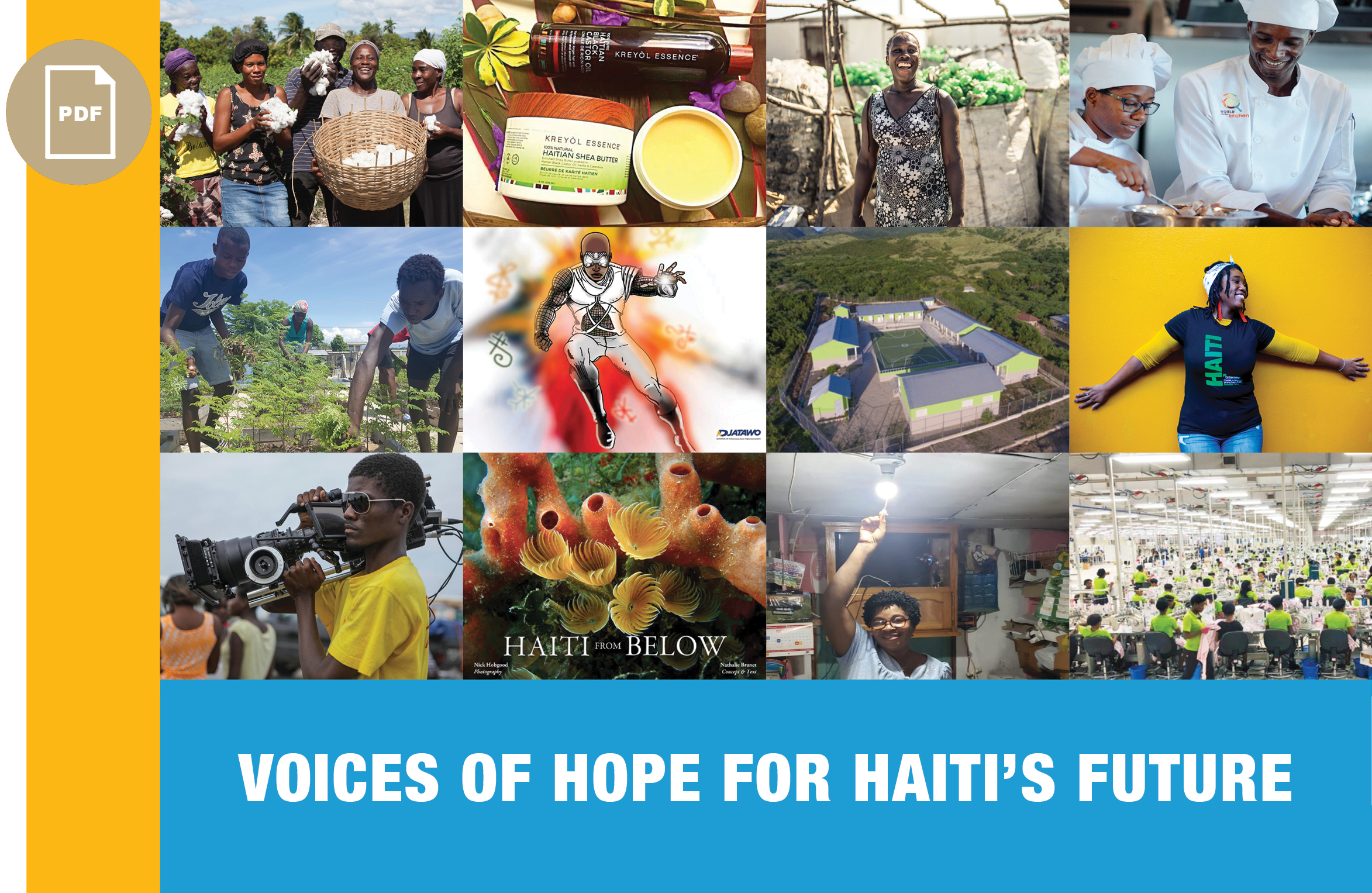
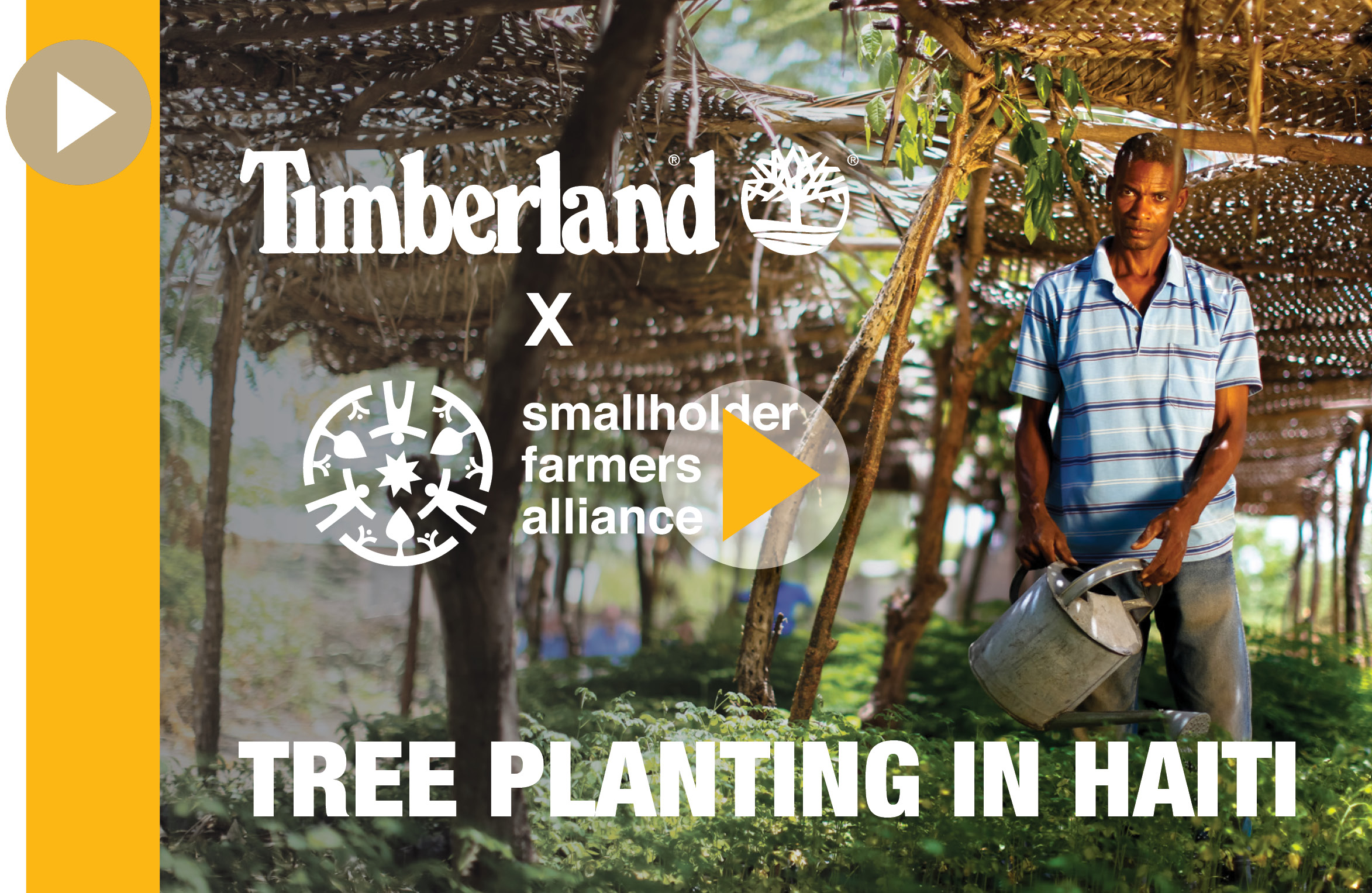


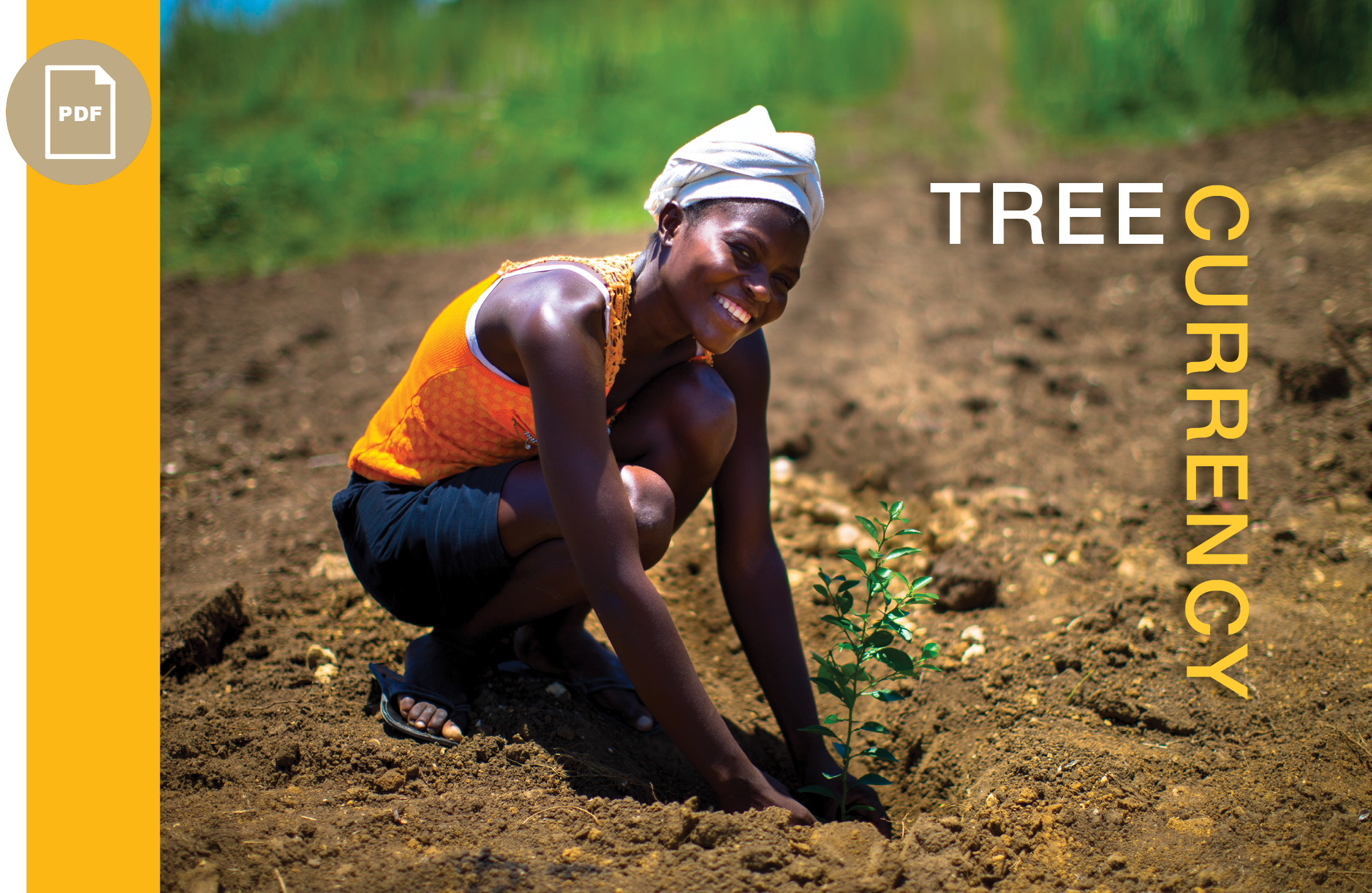

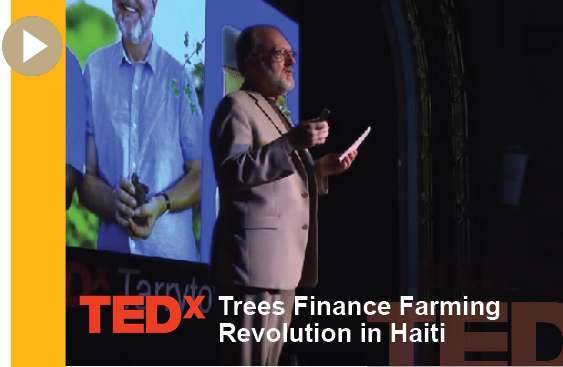

Reader Comments